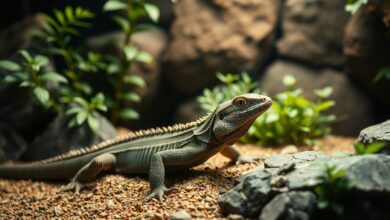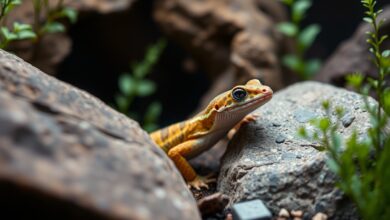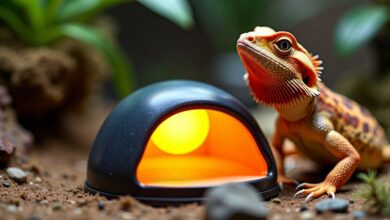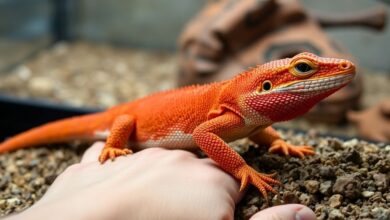Quince Monitor Lizard – 5 Key Facts and Complete Care Guide
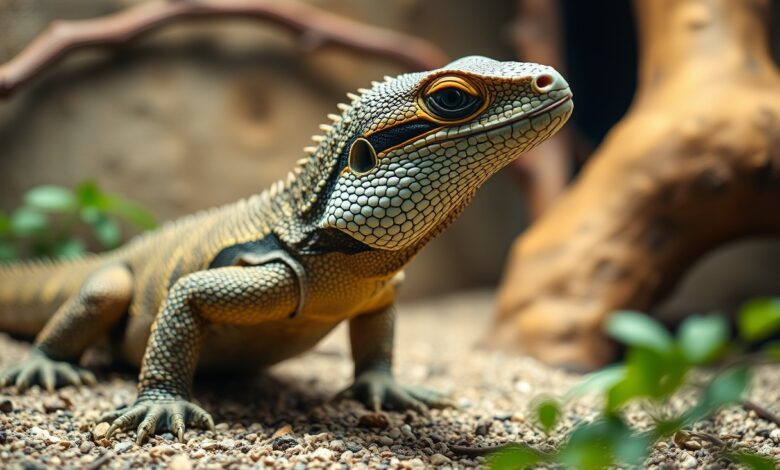
You are about to examine the fascinating world of the Quince Monitor Lizard, a captivating reptile known for its striking appearance and intelligent behavior. In this guide, you’ll discover five key facts that highlight their unique traits, as well as vital care tips to ensure your lizard thrives. With the right knowledge, you can create a safe and stimulating environment for your Quince Monitor, avoiding potential hazards while enjoying the rewarding experience of reptile care. Let’s explore what it takes to care for this extraordinary species.
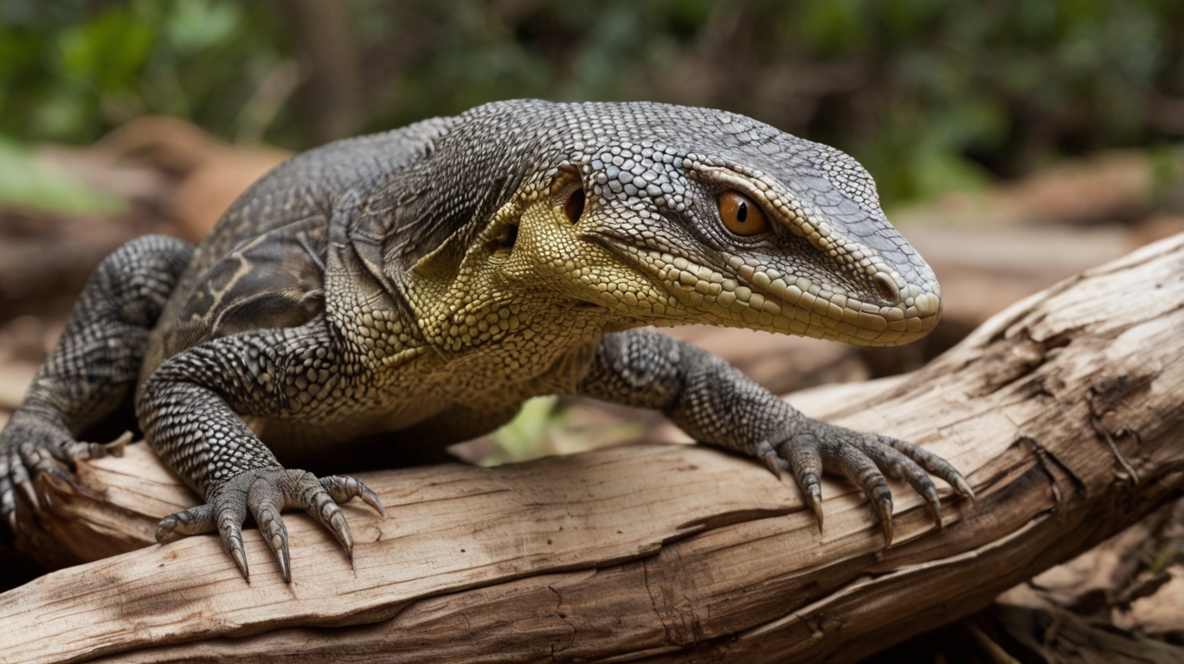
Key Takeaways:
- Habitat Requirements: Quince monitor lizards thrive in environments that mimic their natural habitat, requiring adequate space, humidity, and temperature control.
- Diet: A well-balanced diet includes a mix of insects, fruits, and protein sources, which are vital for their health and growth.
- Handling: Regular, gentle handling is crucial for socialization, but understanding their temperament is important to avoid stress.
Types of Quince Monitor Lizards
A variety of Quince Monitor Lizard types exists, and understanding these can enhance your care experience. Common types include:
| Yellow Quince Monitor | Popular for their vibrant coloration. |
| Black Quince Monitor | Known for their dark scales and adaptability. |
| Green Quince Monitor | Recognized for their striking green hue. |
| Blue Quince Monitor | Features a rare and beautiful blue shade. |
| Albino Quince Monitor | Unique due to their lack of pigmentation. |
Any of these lizards can be a fantastic addition to your collection.
Common Species
Clearly, the common species of Quince Monitor Lizards are widely kept in captivity. Each species offers unique characteristics that can cater to different preferences among hobbyists. Through careful observation, you will appreciate their differences and choose the right one for your environment.
Subspecies Differences
For those looking to understand the variations among Quince Monitor Lizards, their subspecies differences can be significant. Each subspecies may differ in size, coloring, and temperament, making them unique options for your terrarium. Some subspecies exhibit specific behaviors and dietary needs, which you should consider when selecting a lizard.
Subspecies variations in Quince Monitor Lizards enhance your experience by offering different physical traits and behavioral patterns. For example, some may be more social while others prefer solitude. Additionally, their diverse colorations can enrich your collection visually. Being aware of these important details ensures that you are well-equipped to provide the best care and environment tailored to the needs of your specific subspecies.
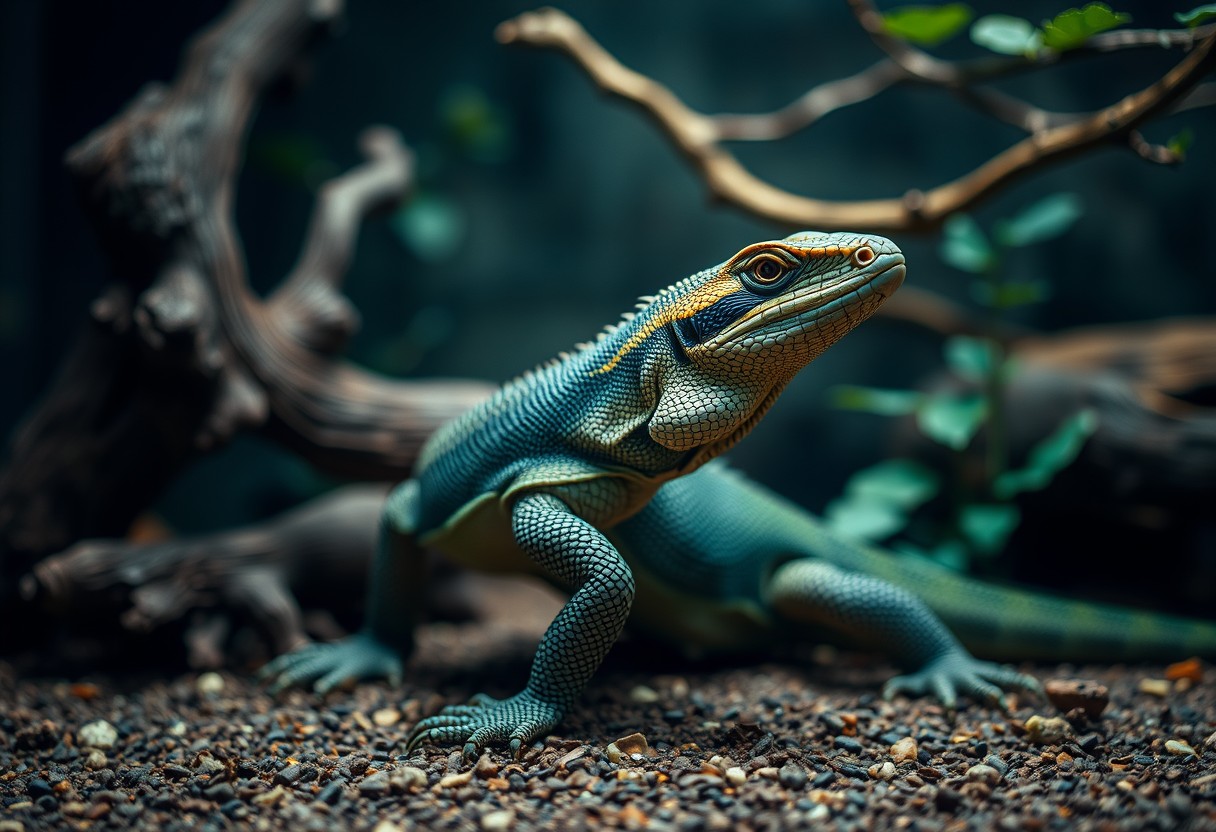
Key Care Factors
You will need to focus on several key care factors to ensure the well-being of your Quince Monitor Lizard. Consider the following vitals:
- Habitat setup with appropriate temperature and humidity
- A balanced diet rich in protein
- Regular health check-ups to monitor for illness
- Adequate enrichment to stimulate natural behaviors
- Safe handling and socialization practices to build trust
This comprehensive approach will enhance your Quince Monitor’s quality of life. For more insights, check out Quince/ Yellow Monitor (varanus melinus) | Reptiliana.
Habitat Requirements
Clearly, your Quince Monitor Lizard requires a well-designed habitat to thrive. Aim for an enclosure that mimics its natural environment, with ample space, proper heating, and humidity levels. Incorporate various hiding spots, climbing structures, and a water source to promote hydration and exploration.
Feeding and Nutrition
Requirements for your Quince Monitor include a diet high in protein and variety. Ensure that you provide a mix of insects, rodents, and occasional fruits or vegetables. It’s vital to avoid overfeeding, as this can lead to obesity and health issues.
For instance, you can offer crickets, mealworms, and small mice to give your monitor the protein it needs to stay healthy. Be cautious, as some foods may lead to difficulties in digestion if introduced too rapidly. A healthy balance is vital; therefore, always maintain a clean feeding area and remove any uneaten food promptly to avoid bacterial growth.
Tips for Proper Care
After bringing your Quince Monitor Lizard home, it’s necessary to provide suitable care for its well-being. Consider implementing these key strategies:
- Ensure optimal temperature and humidity conditions.
- Provide a balanced diet rich in nutrients.
- Maintain a clean and safe habitat.
- Monitor health and behavior regularly.
- Handle your lizard gently to minimize stress.
Knowing these tips will help you cultivate a thriving environment for your Quince Monitor Lizard.
Temperature and Humidity Control
To create an ideal habitat, you must monitor temperature and humidity levels closely. Below is a breakdown of the necessary ranges:
| Environmental Factors | Recommended Levels |
|---|---|
| Temperature (Basking Spot) | 95-105°F |
| Temperature (Cool Side) | 78-85°F |
| Humidity Level | 40-60% |
Health Monitoring
There’s no substitute for regular health checks to ensure your Quince Monitor Lizard remains in peak condition. You should observe its behavior, appetite, and physical appearance to catch any signs of illness early.
A well-monitored lizard can show various signs of stress or illness, such as changes in eating habits, abnormal shedding, or lethargy. Pay attention to any weight loss, which can indicate health issues. It’s vital to act swiftly if you notice any irregularities, as early intervention can make all the difference in treatment success. Prioritize regular veterinary visits for overall health assessments and necessary vaccinations.

Step-by-Step Care Guide
Many aspects of Quince monitor lizard care are important for their health and wellbeing. Following this guide ensures you provide the right environment and care for your pet. Below is a detailed overview of each aspect of their care.
| Care Aspect | Description |
|---|---|
| Enclosure Setup | Providing a spacious and secure habitat with appropriate temperature and humidity levels. |
| Diet | Feeding a varied diet of insects, fruits, and vegetables. |
| Temperature & Lighting | Maintaining a basking spot and UVB lighting for health. |
| Health Monitoring | Regular health checks and monitoring for signs of illness. |
| Handling | Providing appropriate handling to reduce stress and enhance bonding. |
Setting Up the Enclosure
Setting up the enclosure is crucial for your Quince monitor lizard’s well-being. You should use a spacious terrarium with plenty of floor space, as these lizards are active and require room to roam. Create a temperature gradient with a basking area of around 120°F and a cooler side of 75°F. Correct humidity levels of 60-80% must be maintained using water features and substrates that retain moisture.
Daily Care Routine
Routine care involves daily checks and maintenance of your lizard’s environment and health. Make sure to monitor humidity and temperature levels, replace uneaten food, and provide fresh water each day. Regularly cleaning the enclosure and observing your lizard’s behavior helps you detect any potential issues early on.
Care for your Quince monitor lizard involves not only providing a suitable environment but also paying attention to their day-to-day needs. Check the temperature and humidity in the enclosure consistently, and feed them a balanced diet suited to their age and size. Watch for any signs of stress or illness, as they can sometimes hide their discomfort. You can foster a strong bond through regular interactions, but always be gentle, as they can become defensive if they feel threatened. Your care will promote a thriving and happy lizard.
Pros and Cons of Keeping Quince Monitor Lizards
Now, before you decide to bring a Quince Monitor into your home, it’s crucial to weigh the advantages and disadvantages. Check out the table below to evaluate whether this species is the right fit for you.
| Pros | Cons |
|---|---|
| Unique and beautiful appearance | Requires specialized habitat setup |
| Engaging and interactive pets | Can be aggressive and territorial |
| Relatively low maintenance compared to other reptiles | High humidity and temperature requirements |
| Long lifespan with proper care | Specialized diet needs |
| Potential for bonding | Can be difficult for beginners |
Benefits of Ownership
Some key benefits of owning a Quince Monitor include their unique aesthetic appeal and the opportunity for interaction. These lizards can also form bonds with their owners, providing a rewarding pet experience. Their distinctive behaviors make them fascinating to observe, adding to the overall enjoyment of their care.
Possible Challenges
Assuming you choose to own a Quince Monitor, be prepared for specific challenges that come with their care.
Quince Monitor Lizards require a carefully controlled environment with high humidity and warmth for optimal health. Additionally, they can display aggressive behavior if not properly socialized, making it crucial to handle them with care. Meeting their dietary requirements can be challenging, as they demand a varied diet that can be difficult to maintain. If you’re not experienced in lizard care, you might find the commitment and costs to be overwhelming, making thorough research indispensable before adopting one.
Summing up
Now that you have explored the five key facts about the Quince Monitor Lizard and its complete care guide, you are equipped with the necessary knowledge to provide a suitable environment for your pet. Understanding their natural habitat, dietary needs, and specific care requirements will help ensure a healthy and thriving lizard in your home. By following these guidelines, you will enhance your experience as a pet owner while promoting the well-being of your Quince Monitor Lizard.
Q: What are the crucial habitat requirements for a Quince Monitor Lizard?
A: Quince Monitor Lizards thrive in a warm and humid environment, similar to their natural habitat in the tropical regions of Southeast Asia. To create a suitable habitat, a terrarium of at least 75 gallons is recommended, with a temperature gradient ranging from 85°F (29°C) on the warm side to 75°F (24°C) on the cool side. Additionally, humidity levels should be maintained between 60% and 80%, which can be achieved through regular misting and providing a water dish large enough for soaking. It is also important to include hiding spots, branches for climbing, and a substrate that retains moisture, such as coconut fiber or cypress mulch.
Q: What dietary needs does a Quince Monitor Lizard have?
A: Quince Monitor Lizards are primarily carnivorous, requiring a varied diet to ensure proper nutrition. Their diet can consist of insects like crickets, roaches, and mealworms, as well as rodents and occasionally small birds or eggs. It is recommended to provide a mix of live prey, along with commercial lizard food and supplements rich in calcium and vitamins. Varied feeding not only mimics their natural dietary habits but also helps prevent nutritional deficiencies. Adult Quince Monitor Lizards should be fed every other day, while juveniles may require daily feeding to support their growth.
Q: How can I tell if my Quince Monitor Lizard is healthy?
A: To assess the health of a Quince Monitor Lizard, observe its physical appearance and behavior. A healthy lizard will have bright, clear eyes; intact, smooth skin without lesions or discoloration; and a robust, well-fed body type with no visible bones or sunken areas. Active and alert behavior is also a good sign, as lethargy or unusual hiding may indicate health issues. Regular monitoring of eating habits and stool consistency can help detect issues early. Additionally, maintaining proper habitat conditions and routine veterinary check-ups can help ensure long-term health.


